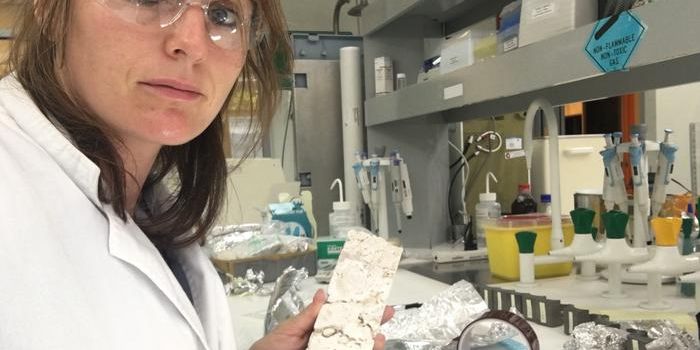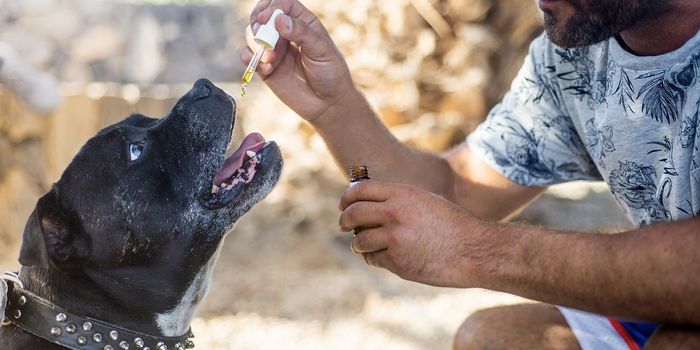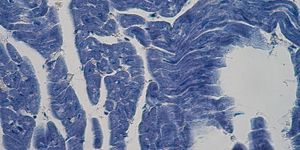Scientists create nanoprecipitated microbubbles: an injectable resuscitative fluid
A team of scientist lead by Dr. Peng and Prof. Brian D. Polizzotti at Harvard Medical School, Boston for the first time created an interfacial nanoprecipitation toward stable and responsive oxygenated microbubbles as resuscitative fluid with the potential to revive near death accidental choking or drowning patients. They have published their finding in a peer-reviewed Angewandte Chemie International journal.
In the United States alone, thousands of asphyxia patients die in the emergency department due to lack of proper resuscitative fluid. Commonly, asphyxia in these patients happens due to food-induced chocking, swimming accidents, pulmonary embolism, pertussis, etc. Acute oxygen deficiency during asphyxia usually leads to cardiac arrest and have 90% mortality in those cases. A possible solution is to have immediate access to the oxygenated resuscitative fluid which can restore oxygen in blood for a short time allowing doctors to buy some time to re-establish natural air-flow through the lung. To solve this problem, many scientists have tried to develop lipid-based oxygenated microbubbles without any significant success. Main obstacles in those microbubbles were due to their nature of being unstable, non-biodegradable, and they also exhibit poor morphology and size control. Intravenous injection of these unstable lipid-based microbubbles usually results in adverse reactions such as pulmonary embolism.
Microbubbles developed by Dr. Polizzotti’s team do not suffer from these drawbacks due to their innovative production method. Using solvent manipulation, they prepared stable microbubbles by doing nanoprecipitation of biocompatible polymers at air/liquid interface. Dextran, a water-soluble glucose-based polymer was chosen as a starting material. The polymer was made chemically reactive by attaching acid molecules on its surface. It forms micelles upon addition of dimethyl sulfoxide/water solvent mixture, just like soap forms micelles upon contact with dirty grease and water mixture. Upon homogenization in the presence of air forms a foam with micelles surrounding the air pockets. This result in the formation of nanoaggregates shells around the air microbubbles.
They first conducted the in-vitro test of these microbubbles on de-oxygenated blood. Blood pH makes the modified polymer surface group gain more COO- groups, thereby allowing water to penetrate the nanoaggregates shells and release the oxygen and render the blood oxygenated. Moreover, increase repulsion caused by the accumulation of COO- groups result in nanoaggregate shells to disintegrate altogether which is a critical property of these microbubbles. Previously developed microbubbles could not dissolve properly in the blood leading to the potential danger of embolism.
These researchers took their innovation one step further by testing in a mouse model of asphyxia. They blocked the airways of mice to induce suffocation which was opened after 10 minutes to mimic doctor trying to open the airways using the surgical maneuver. The control group did not receive any resuscitative microbubble-based fluid while treatment group received multiple injections of microbubbles during asphyxiation period. All the mice survived in the treatment group while control groups did not have any live mouse after the treatment. Moreover, there was no sign of adverse effect such as pulmonary embolism in the treatment group. Using this method, they could deliver up to 12ml of oxygenated air into each mouse while other microbubble carriers resulted in a lower volume of air delivery which leads to their demise.
Note: Video depicts a concept of lipid based injectable oxygen using older method of microbubbles.
In conclusion, these stable and biocompatible microbubbles based on interfacial nanoprecipitation offers a unique approach to deliver the significant amount of air. This technology needs further understanding for large-scale testing in different animal and primate models before its application in humans. Furthermore, by manipulating design and structures of these microbubbles, it may lead to newer biomedical applications such as delivery of imaging agents, drugs and DNA/RNA.








